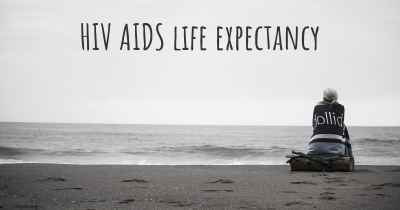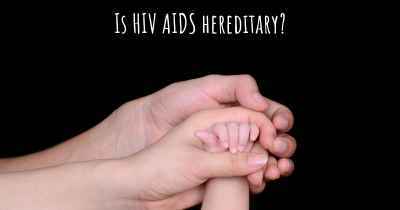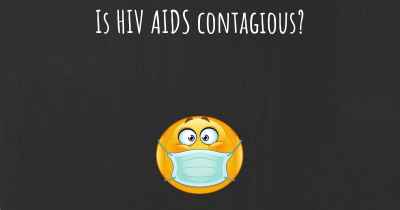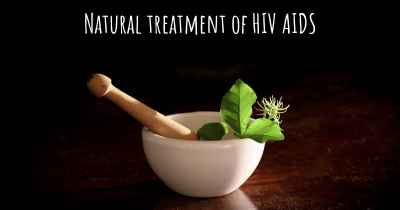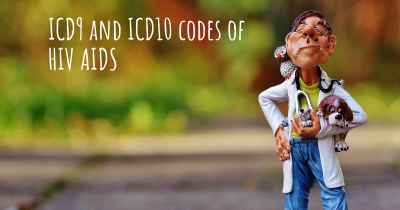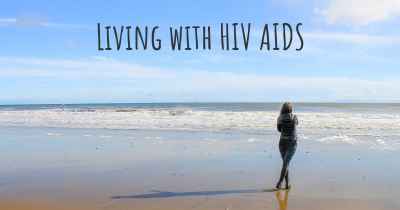What are the best treatments for HIV AIDS?
See the best treatments for HIV AIDS here

HIV/AIDS Treatment: A Comprehensive Guide
Human Immunodeficiency Virus (HIV) is a viral infection that attacks the immune system, leading to Acquired Immunodeficiency Syndrome (AIDS). While there is no cure for HIV/AIDS, significant advancements have been made in treatment options that can effectively manage the virus and improve the quality of life for individuals living with the condition.
Antiretroviral Therapy (ART)
The cornerstone of HIV/AIDS treatment is Antiretroviral Therapy (ART). ART involves the use of a combination of antiretroviral drugs to suppress the replication of the virus, slow down the progression of the disease, and prevent transmission to others. These medications work by targeting different stages of the HIV life cycle, inhibiting viral replication and reducing the viral load in the body.
ART is highly effective in controlling HIV, allowing individuals to live long and healthy lives. It also plays a crucial role in preventing mother-to-child transmission during pregnancy and childbirth.
Types of Antiretroviral Drugs
There are several classes of antiretroviral drugs used in ART:
- Nucleoside Reverse Transcriptase Inhibitors (NRTIs): These drugs block the reverse transcriptase enzyme, preventing the virus from replicating its genetic material.
- Non-Nucleoside Reverse Transcriptase Inhibitors (NNRTIs): NNRTIs bind to and inhibit the reverse transcriptase enzyme, disrupting viral replication.
- Protease Inhibitors (PIs): PIs block the protease enzyme, preventing the production of mature viral particles.
- Integrase Strand Transfer Inhibitors (INSTIs): INSTIs inhibit the integrase enzyme, preventing the integration of viral DNA into the host cell's DNA.
- Fusion Inhibitors: These drugs block the fusion of the virus with the host cell, preventing viral entry.
- Entry Inhibitors (CCR5 Antagonists): CCR5 antagonists block the CCR5 co-receptor on the surface of immune cells, preventing viral entry.
ART Regimens
ART is typically prescribed as a combination of three or more antiretroviral drugs from different classes. This combination approach, known as Highly Active Antiretroviral Therapy (HAART), maximizes the effectiveness of treatment by targeting the virus at multiple stages of its life cycle.
The choice of ART regimen depends on various factors, including the individual's viral load, CD4 cell count, potential drug interactions, and any pre-existing drug resistance mutations. It is crucial for individuals living with HIV/AIDS to adhere to their prescribed ART regimen consistently to maintain viral suppression.
Prevention and Management of Opportunistic Infections
People with HIV/AIDS have weakened immune systems, making them more susceptible to opportunistic infections. Preventing and managing these infections is an essential part of HIV/AIDS treatment. Vaccinations against diseases such as pneumococcal pneumonia, influenza, and hepatitis A and B are recommended.
Additionally, prophylactic medications may be prescribed to prevent specific opportunistic infections. For example, trimethoprim-sulfamethoxazole (TMP-SMX) is commonly used to prevent Pneumocystis pneumonia, a potentially life-threatening infection in individuals with weakened immune systems.
Supportive Therapies
Supportive therapies play a vital role in managing the physical and psychological well-being of individuals living with HIV/AIDS. These may include:
- Psychological Support: Counseling, support groups, and mental health services can help individuals cope with the emotional challenges of living with HIV/AIDS.
- Nutritional Support: A balanced diet and proper nutrition are crucial for maintaining overall health and supporting the immune system.
- Exercise: Regular physical activity can improve cardiovascular health, boost immune function, and enhance overall well-being.
- Pain Management: Chronic pain, often associated with HIV/AIDS, can be managed through various interventions, including medications and alternative therapies.
Conclusion
While there is no cure for HIV/AIDS, the advent of Antiretroviral Therapy (ART) has revolutionized the treatment landscape. ART effectively suppresses the virus, improves immune function, and prolongs the lives of individuals living with HIV/AIDS. It is crucial for individuals to work closely with healthcare professionals, adhere to their prescribed ART regimen, and engage in supportive therapies to manage the physical, emotional, and social aspects of living with HIV/AIDS.
Posted May 29, 2017 by Larry 1620
Posted May 30, 2017 by Kevin 2000
No sexual
Posted Feb 18, 2018 by Calvin 1800
Posted Sep 14, 2017 by Alberto 2500
